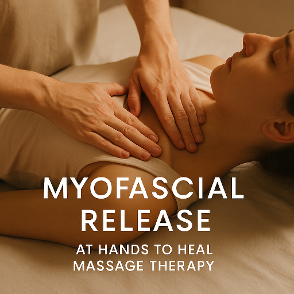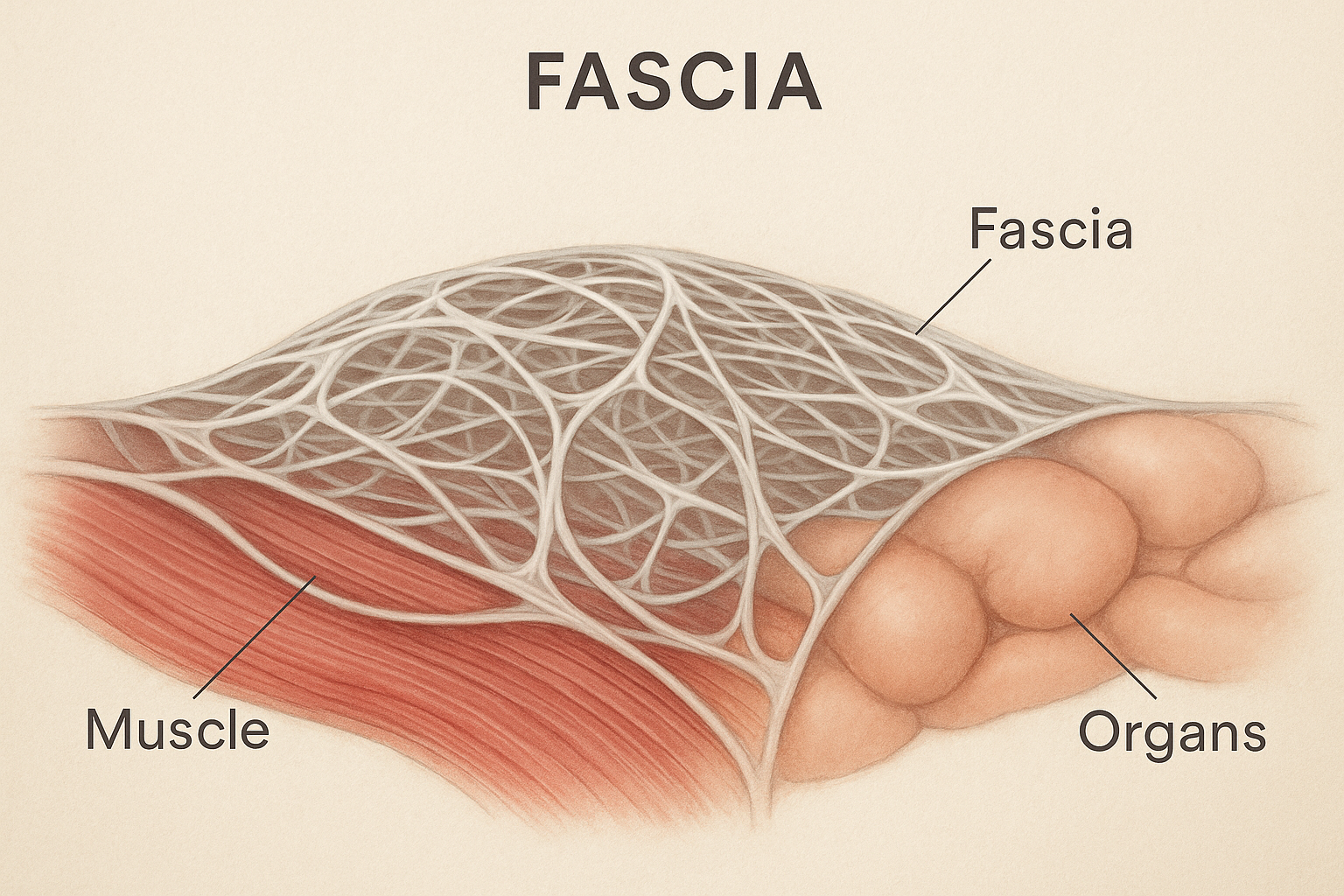

Myofascial Release is a specialized, hands-on technique that focuses on relieving restrictions and tension in the fascia—the connective tissue that surrounds and supports your muscles, bones, and organs. Over time, fascia can become tight or stuck due to injury, stress, poor posture, or inflammation. This can lead to chronic pain, limited range of motion, and discomfort.
At Hands to Heal Massage Therapy, our trained therapists use slow, sustained pressure and gentle stretching to target these fascial restrictions. The technique encourages the tissue to soften, lengthen, and release adhesion's, promoting better circulation and restoring functional movement.
Key benefits include:
Reduction of chronic pain and muscle tension
Enhanced flexibility and joint mobility
Improved posture and alignment
Support for recovery from injury or repetitive strain
A calming effect on the nervous system, promoting relaxation and stress relief
This therapy is customized to your unique needs, whether you’re dealing with sports injuries, postural imbalances, or simply seeking a sense of well-being and ease in your body.
Fascia is a complex web of connective tissue that surrounds and supports every muscle, bone, nerve, and organ in the body. It’s composed primarily of collagen and elastin fibers suspended in a gel-like ground substance, creating a continuous network that gives shape, structure, and integrity to your body.
Key Roles of Fascia:
Provides structural support and maintains body posture.
Transmits force generated by muscles, playing a vital role in movement efficiency.
Acts as a shock absorber, reducing strain on joints.
Contains sensory nerve endings, making it crucial for body awareness (proprioception) and even contributing to pain and inflammation if restricted.

Fascia is a continuous web of connective tissue that wraps around every muscle, bone, nerve, and organ in your body—like a supportive 3D net. It provides structure, transmits mechanical forces, and even houses sensory nerves that inform the brain about body position (proprioception).
When fascia is healthy, it’s flexible and resilient, allowing your muscles and organs to move freely. However, fascial restrictions can develop from:
Injury or trauma (e.g., accidents, sports injuries)
Repetitive movements (e.g., sitting at a desk, overuse in certain sports)
Poor posture (e.g., rounded shoulders, slumping)
Emotional stress (which can create muscle guarding and tension)
These restrictions are often subtle but can have profound effects. They cause areas of tightness, limited range of motion, and even referred pain in seemingly unrelated parts of the body (called fascial lines or meridians).